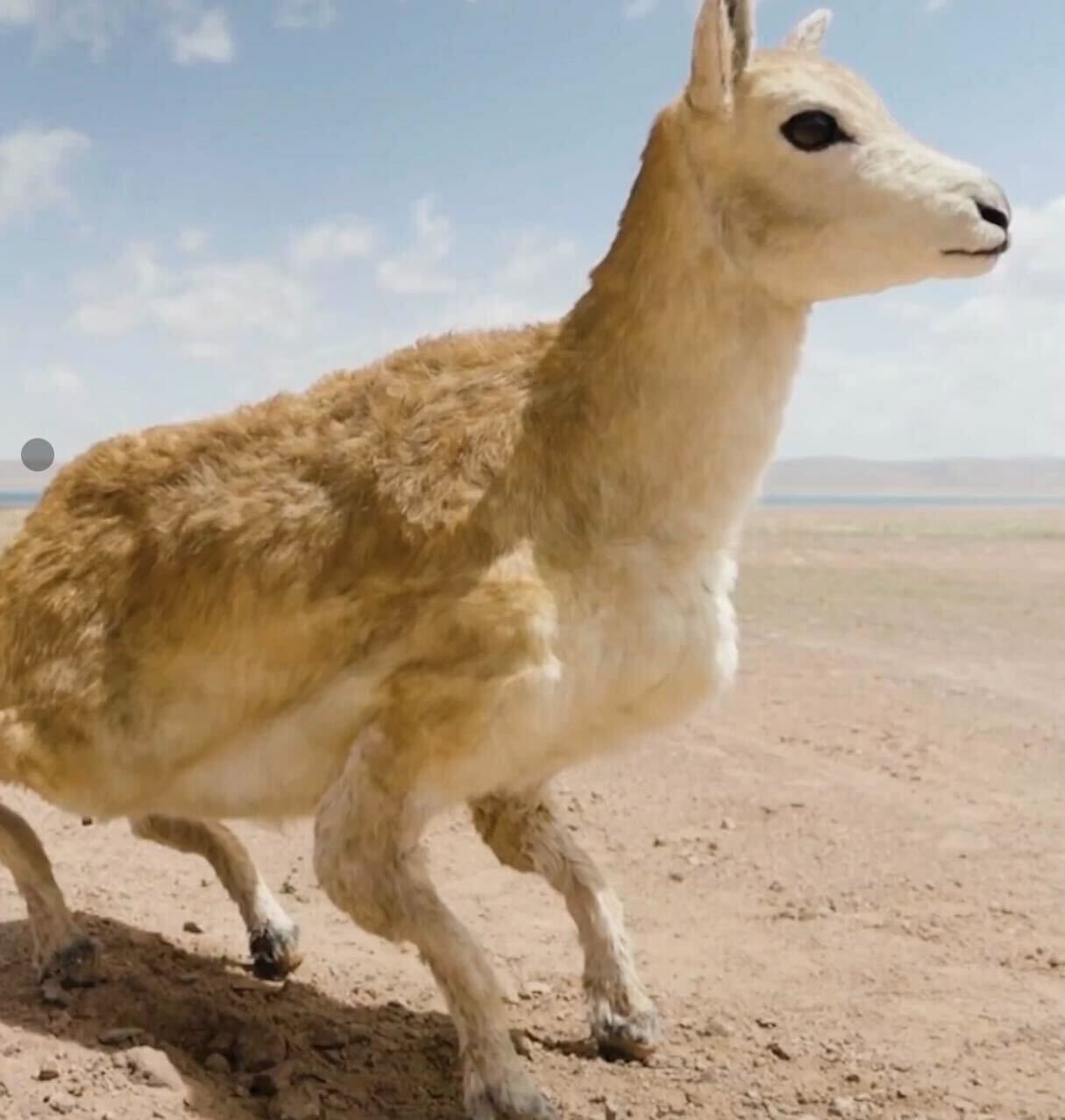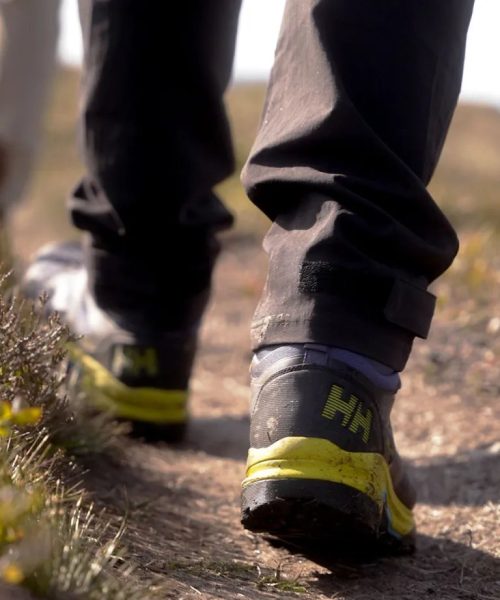Roboticists in China have developed a life-sized, furry, AI-enabled antelope designed to monitor the migration patterns of its real-life counterpart. This “bionic” antelope is part of a growing arsenal of somewhat convincing-looking robots used to observe wildlife in up close and personal ways human researchers often can’t.
The robot was first reported on by Chinese news agency Xinhua and was reportedly co-designed by DEEP Robotics and the Chinese Academy of Sciences. It was built to fill a gap in current efforts to monitor the once-endangered Tibetan antelope (Pantholops hodgsonii). Built atop what looks like one of DEEP’s quadruped frames, the model resembles the real thing, adorned with fur and facial features to help it blend in. An onboard suite of sensors uses visual recognition to track the antelope’s movements and behavior. That data is then transmitted over a 5G wireless network to a central location, where researchers analyze it.
A video of the antelope doppelgänger in action, shared by DEEP Robotics on X, shows it being unloaded from a truck and awkwardly making its way over rocky terrain toward a group of real antelopes. The footage reveals what appear to be a pair of small cameras positioned just below the robot’s beady black eyes. While the high-tech stuffed animal might not fool a sharp-eyed human observer, it seems convincing enough to pass among actual antelopes.
DEEP Robotics did not immediately respond to Popular Science’s request for comment.
Tibetan antelopes targeted for their warm, ultra soft fur
The Tibetan antelope, sometimes called the “chiru,” is found across the Tibetan Plateau in Central Asia and occasionally reaches into India and Bhutan. Although researchers once estimated its population at around one million, the species was decimated in the late 20th century, driven largely by the illegal shahtoosh trade. Shahtooshes are highly sought-after shawls and scarves made from the Tibetan antelope’s ultra-warm fleece. A single shahtoosh can sell for up to $20,000.
But extracting that fur is highly unsustainable. National Geographic estimates it can take up to four antelope to produce enough wool for a single shahtoosh shawl. Because Tibetan antelopes can’t be domesticated, poachers often kill them, extract the fur, and leave the carcasses behind. That dynamic drove the population to a record low of around 65,000 in the 1990s. Conservation efforts and stricter global customs enforcement on the shahtoosh trade have since helped the population rebound to an estimated 100,000 to 150,000 today.

The robotic antelope could aid conservation efforts by collecting more accurate, real-time data. Previously, researchers usually relied on camera traps or in-person observations of the animals. Those approaches have limitations, as camera traps can be unreliable, and human presence risks disturbing the antelopes’ natural behavior.
DEEP Robotics notes that it built the robot sturdy enough to withstand the Tibetan Plateau’s notoriously harsh climate. It can navigate rocky terrain, endure frigid temperatures, and trek through mud when necessary. However, it can’t stray too far from its human controllers overseers . The company says its range is limited to about 1.2 miles. Still, researchers are optimistic that these robotic antelope can gather valuable, real-time data that would otherwise be inaccessible.
One of the more immediate benefits of this surveillance, beyond scientific research, is preventing more of the herd from becoming roadkill. If the robot detects the animals moving toward a known traffic zone, researchers can alert a nearby station to take precautionary measures.
Related: [US Army deploys plastic coyotes attached to mini four-wheelers]
Robot mimics
Antelopes aren’t the only animals being mimicked by robots. In recent years, researchers have created machines imitating the look and movement of bats, coyotes, falcons, rats, guppies, bees, and even cockroaches. In one recent case, robotic bunnies in Florida were even used as bait to lure invasive pythons. Collectively, these robotic twins are expanding the scope of biological surveillance while minimizing disturbance to wildlife.
In the antelope’s case, prospecting poachers may even think twice about downing a doe for its fur if they think the herd might be beaming surveillance footage of them black to authorities.






